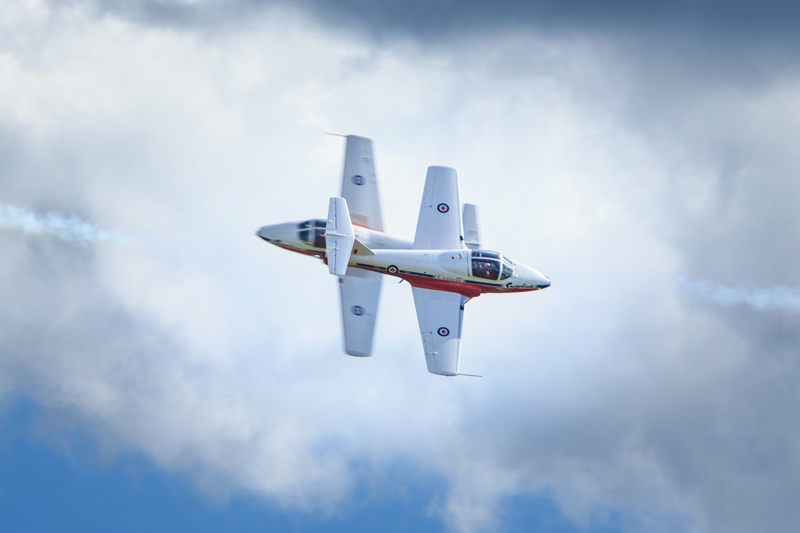A small bird caused the crash of a Royal Canadian Air Force Snowbird in 2020 which claimed one life.
The Snowbirds had been doing flyovers of Canadian communities in a show of support for frontline COVID-19 workers across the country. They were leaving Kamloops for Comox, B.C., on May 17. Two CT-114 Tutor aircraft took off, but one went into a steep nosedive at low altitude.
Aboard were pilot Captain Richard MacDougall and public affairs officer Captain Jennifer Casey, who is believed to have become briefly entangled with her ejection seat and whose parachute failed to fully open.
The aircraft crashed into a neighbourhood about two kilometres from the airfield. No one on the ground was injured, but Casey was killed and MacDougall seriously injured.
The investigation into the crash showed one small bird went into the engine, causing a compressor stall and loss of thrust. This was followed by an aerodynamic stall.
“Snowbird 11’s power loss could not have come at a worse time—low altitude, low airspeed, proximity to another aircraft and in the vicinity of a built-up area,” said Colonel John Alexander, RCAF director of flight safety.
The investigation report recommends more training to prepare aircrew for low-level engine failure after takeoff, clarifying directives for commands to eject over populated areas and research to stabilize ejection seats.
Advertisement



















